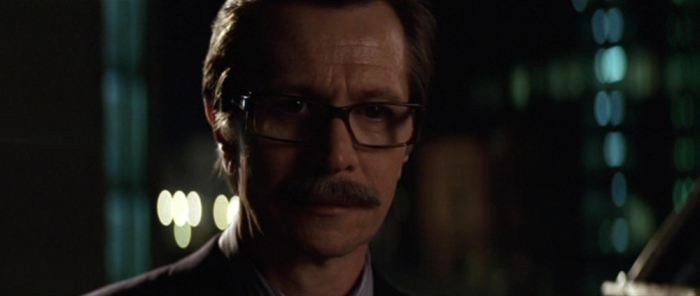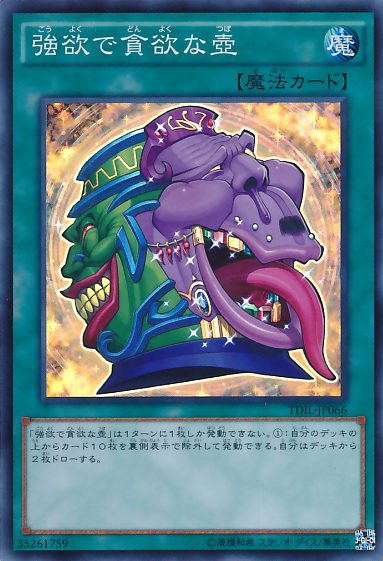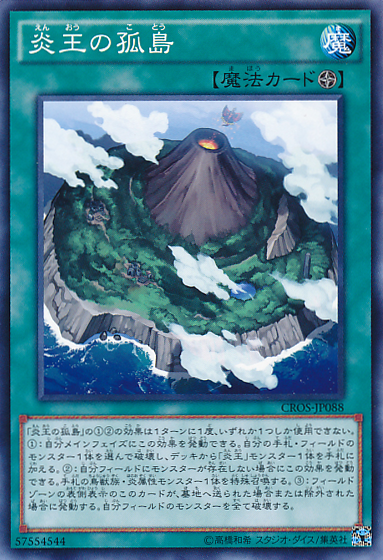Change is one of those things that—depending on how it’s carried out—can trigger vastly different responses from people. If it comes like a bolt from the blue, apprehension towards it is only natural. But if it is something that’s built up over time you may not even become aware of how much it has affected you.
Power creep is a common element in many long-standing games. There will occasionally come a time where some newly-released content will render old content obsolete. In a game like Yu-Gi-Oh! where you have a card pool expanding well over a decade this is something that has occurred countless times and will likely continue in the foreseeable future.
Now I am not one to argue that power creep is inherently bad, far from it. Power creep is one of the ways a game can evolve itself. But ideally that is something that should be developed over time. If it’s introduced too quickly it enforces the notion that you can only be successful by spending money on newer, superior cards.
Make no mistake every gaming company aims to make a profit first and foremost, and Konami is no exception. But aggressively promoting power creep only alienates the player base. It widens the gap between those that play competitively and the casual player.
Even without looking all the way back to the beginning, the escalation of power creep the game has experienced within the last 3 years is staggering.
In 2013 Diamond Dire Wolf was introduced to the TCG in Cosmo Blazer. It was a revolutionary card at the time: the first Rank 4 Xyz Monster that could function as spot removal at the cost of destroying itself in the process.
About a year later in Legacy of the Valiant we got Number 101: Silent Honor ARK, a monster that not only could also neutralize opposing monsters, albeit to a more limited degree, but could also use them to protect itself from destruction.
And just a few months later Castel, the Skyblaster Musketeer popped up in The Duelist Alliance. The card could eliminate any face-up threat without destroying them or triggering in-grave effects.
While no Rank 4 has yet to power creep Castel’s niche, the card has continued to influence future card design. It’s thanks to it that within the past year we’ve gotten cards like Kozmo Dark Destroyer, which can’t be targeted at all and floats off its destruction, and Erebus the Underworld Monarch, which can remove threats while completely bypassing all forms of protection a card could have outside of effect immunity.
It almost feels like the cards themselves are competing on how they can surpass each other.

Jim Gordon: What about escalation?
Batman: Escalation?
Jim Gordon: We start carrying semi-automatics, they buy automatics. We start wearing Kevlar, they buy armor piercing rounds.
Batman Begins (2005)
I can’t even begin to fathom what direction the game will take from here on out. All I do know is that it’s far from slowing down.
Until next time. Turn end!

